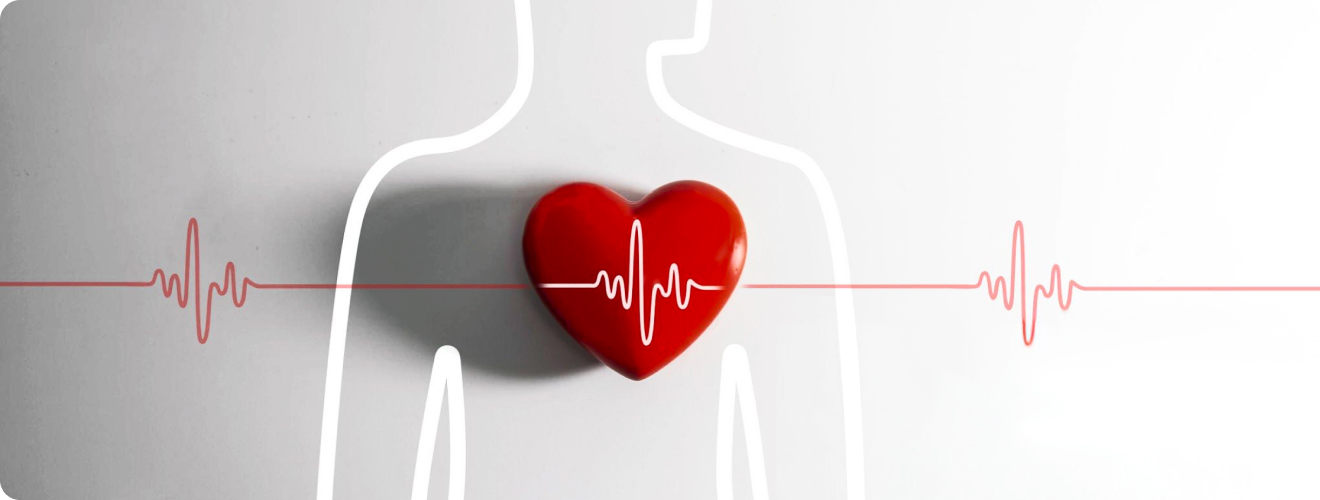


The human heart, an astonishingly efficient muscular pump, typically maintains a steady, predictable rhythm, ensuring blood is propelled efficiently throughout the entire circulatory system. However, for a significant and growing number of individuals worldwide, this vital, life-sustaining rhythm can become alarmingly erratic, a condition medically known as Atrial Fibrillation (AF or Afib).
Characterised by an irregular and often rapid heart rate, AF arises when the heart’s two upper chambers, the atria, cease their coordinated contractions and instead begin to beat chaotically and ineffectively. This disorganisation can manifest symptomatically as unsettling palpitations, profound shortness of breath, and debilitating fatigue.
More critically, AF significantly elevates the risk of life-altering stroke and other serious cardiovascular complications. Therefore, a comprehensive understanding of Atrial Fibrillation – delving into its main cause, exploring the range of available treatment options, and grasping key considerations like when to go to the hospital – is crucial for effective management and ultimately, for improving the quality of life for those living with this condition.
Atrial Fibrillation is the most common heart arrhythmia. Normally, electrical signals from the SA node (pacemaker) cause the atria to contract, pushing blood into the ventricles. In AF, these atrial impulses become disorganised and rapid, causing the atria to “quiver” instead of contract effectively. This can lead to blood pooling and clot formation, potentially causing a stroke if a clot travels to the brain. The chaotic signals can also make the ventricles beat rapidly and irregularly, reducing the heart’s pumping efficiency. AF can be paroxysmal (intermittent), persistent (lasts over seven days), or permanent (long-term).
While there isn’t one single answer to “what is the main cause of atrial fibrillation?”, AF often results from combined risk factors and underlying heart conditions that disrupt the heart’s electrical system.
Key risk factors include:
Understanding these factors is key for prevention and targeted treatment.
The primary goals of atrial fibrillation treatment are:
Treatment options depend on symptoms, AF type, and underlying health:
Catheters create small scars in heart tissue to block abnormal electrical signals causing AF. Often considered whether medications are ineffective.
A device seals off the left atrial appendage to prevent clot formation for those who cannot take blood thinners.
Managing blood pressure, diabetes, obesity; limiting alcohol/caffeine; quitting smoking; reducing stress.
While AF often isn’t permanently “cured” in the sense of complete eradication, it can be very effectively managed, with many individuals achieving long periods of normal sinus rhythm (remission).
Treatments like catheter ablation have high success rates, especially for paroxysmal AF, but recurrence is possible. Medications also maintain normal rhythm or control rate. The main goal is to prevent symptoms and, crucially, stroke.
For some with permanent AF, the focus shifts to rate control and aggressive stroke prevention rather than rhythm restoration. So, while a guaranteed, lifelong “cure” isn’t always possible, effective atrial fibrillation treatment can control the condition, manage symptoms, and drastically reduce risks, allowing for healthy lives.
Understanding a dangerous heart rate with AFib is crucial. A rapid heart rate (tachycardia) in AF can lead to reduced cardiac output, heart failure over time, and worsening symptoms. Generally, a resting heart rate consistently above 100-110 bpm is targeted for control. However, a heart rate exceeding 120-150 bpm at rest for a sustained period, especially with symptoms, warrants urgent medical attention. Even lower rates, causing significant lightheadedness or chest pain, are concerning.
Knowing atrial fibrillation when to go to the hospital is vital:
Always seek medical advice if concerned about AF symptoms or heart rate.

Atrial Fibrillation is a common, complex arrhythmia. While multiple factors contribute to what is the main cause of atrial fibrillation, effective management is paramount. Current atrial fibrillation treatment strategies focus on rate/rhythm control and crucial stroke prevention.
While its treatment often means effective management rather than complete eradication, significant advancements offer hope for remission and improved quality of life. Understanding what a dangerous heart rate with AFib is and knowing when to go to the hospital are critical. With ongoing research and personalised care, individuals with AF can manage their condition, reduce risks, and lead healthier, more stable lives.
Sources:
Spread the love, follow us on our social media channels